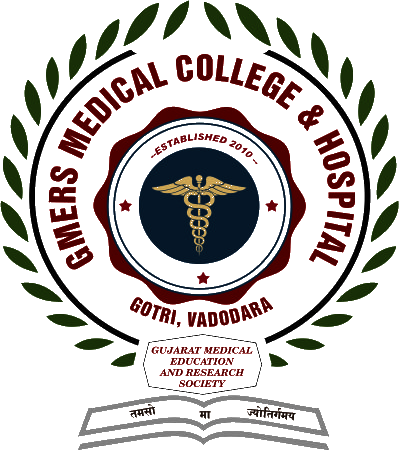Pharmacology
Overview
PREAMBLE:
Pharmacology isabout treating the patients with the required medications, at the right dose,for the right duration and at an appropriate cost. The knowledge of themolecular basis of drug action, the adverse effects caused by the medications,its prevention and treatment and the effects of administering two or more drugsto a patient will be learnt in the context of its clinical application and notjust as facts. The emphasis is on clinical relevance of pharmacologicalknowledge.
GOALS:
The broad goalof Pharmacology curriculum is to equip the Indian Medical Graduate (IMG) withthe knowledge of scientific basis of therapeutics and the skills of rationalprescribing during the second year of MBBS.
OBJECTIVES:
Knowledge:
At the end ofthe course the student should be able to:
- Describe thepharmacokinetics and Pharmacodynamics of essential and commonly used drugs
- Apply theknowledge of indications, contraindications, interactions and adverse reactionsof commonly used drugs in therapeutics
- Describe theprinciples of prescribing and calculate the dosage in special medicalsituations such as pregnancy, lactation, children, elderly and patients withrenal dysfunction
- Describe thebasis of Evidence Based Medicine
- Apply the conceptof rational drug therapy and P drugs in clinical pharmacology
- Describe theclinical presentation, diagnosis and management of common poisonings,insecticides, common sting and bites
- Describe drugsof abuse and the process of de-addiction
- Describe thephases and the regulations involved in the development and introduction of newdrugs
- Explain theconcepts and clinical relevance of Essential medicines, Fixed dosecombinations, Over the counter drugs, Herbal medicines, dietary supplements andnutraceuticals
- Describeoccupational and environmental pesticides, food adulterants, pollutants andinsect repellents
Skills:
At the end ofthe course the student should be able to:
- Write a rationalprescription for a given condition and communicate the same to the patient
- Recognize andreport an adverse drug reaction of commonly used medications
- Demonstrate theeffects of drugs on blood pressure through computer aided learning and interpretthe graph
- Perform acritical evaluation of the drug promotional literature
- Administer drugsthrough various routes in a simulated environment
Ethics, Attitude and Communication:
At the end ofthe course the student should be able to:
- Communicateeffectively with the patient with regards storage and use of common medications
- Explain to thepatients the right way to use the various drug formulations
- Communicate theimportance of adherence to medications and motivate the patients
- Demonstrate anunderstanding of the legal and regulatory aspects of prescribing medications.
- Understand andfollow the ethical principles involved in prescribing medications.
Infrastructure & Facilities
Facilities
DEPARTMENT OF PHARMACOLOGY
- Demonstration Rooms:
- ExperimentalPharmacology Practical laboratories:
- Clinical Pharmacology& Pharmacy Practical laboratories:
- Museum:
- DepartmentalLibrary-cum-Seminar Room:
- Research Laboratory:
- Office of InstitutionalEthics Committee
- Office of CentralResearch Committee
- Office of Adverse DrugReaction (ADR) Monitoring Centre
Infrastructure & Facilities
- Demonstration Room:
Number: 2
Size: 60Sq. Meters
Capacity:75 students
- Practical laboratories:
- Experimental Pharmacology
Size: 200 Sq. Meters
Capacity:100 Students
Ante-room/preparation room: 14Sq. Meters (Adjacent to the lab)
- Clinical Pharmacology & Pharmacy
Size: 200 Sq. Meters
Capacity:75 Students
Ante-room/preparation room: 14Sq. Meters (Adjacent to the lab)
- Museum:
Size:125Sq. Meters
- Departmental Library-cum-Seminar Room:
Size: 30Sq. Meters
Capacity: 15 persons
- Research Laboratory:
Size:50Sq. Meters
- Office Accommodation:
- Professor and HOD:1 room, 18Sq. Meters
- Associate Professors/Readers: 2 rooms, 15 Sq. Meter each
- Asst. Professors/Lecturers:2 rooms 12 Meter each
- Tutors/Demonstrators:2 rooms, 15 Sq. Meter each
- Non-teaching and clerical staff:2 rooms, 12 Sq. Meter each

